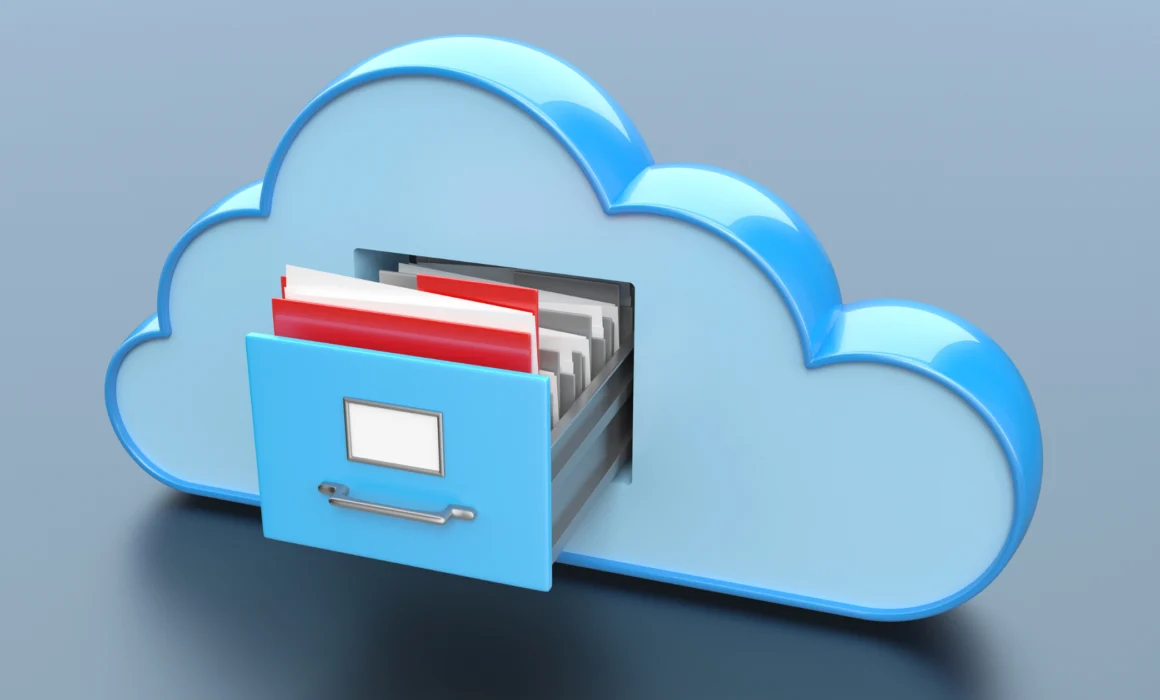Digitizing Your Archives to Find Buried Treasures
In today’s digital age, the value of data and information cannot be overstated. However, there is a wealth of information trapped in old archives, often on paper or microfilm, that is difficult to access and sift through. These archives can be a goldmine for researchers, historians, and even business leaders trying to find valuable information about past contracts, transactions, or projects.
Digitization offers a solution to this challenge, providing a way to convert paper documents, microfilm, and other physical media into digital formats that can be easily searched, indexed, and accessed. In this blog, we’ll explore the value of digitization in making information trapped in old archives easier to access and sift through and the many benefits this can offer for researchers and other professionals seeking to unlock the secrets of the past.
The Challenges of Accessing Information in Old Archives
Old archival records are often stored in physical formats like paper documents or microfilm, which can present significant challenges when it comes to accessing and sifting through the information they contain.
Challenges of Paper Files
Paper documents are often the primary source of information in old archives, but they present numerous challenges when it comes to accessing and searching through the content. Some of the most common challenges of paper files include:
- Physical deterioration: Over time, paper documents can become brittle, discoloured, or otherwise damaged, making them difficult or impossible to handle or read.
- Outdated storage methods: Many old archives were stored using outdated methods that can further contribute to physical deterioration, such as acid-based paper or inadequate climate control.
- Time-consuming manual search: Searching through paper documents can be tedious and labour-intensive, requiring individuals to manually sift through pages to find the information they need.
- Limited searchability: Unlike digital documents, paper files are not easily searchable, meaning that researchers may need to read through large amounts of text to find specific keywords or phrases.
Challenges of Microfilm Files
Microfilm was commonly used to store documents in the mid-20th century, and while it offers some advantages over paper documents, it also presents unique challenges for accessing and searching through the information it contains. Some of the most common challenges of microfilm files include:
- Limited searchability: Even more so than paper documents, microfilm is not easily searchable, formatted either as long reels or small jackets of fiche, both of which require specialized magnification equipment to read.
- Risk of Damage: Microfilm is a fragile medium that can be easily damaged or destroyed, especially if it is not stored or handled properly. In fact, most microfilm records are already deteriorating, meaning that the information they contain is at risk of disappearing forever. Even if your microfilm somehow isn’t already deteriorating, opening it to read the information contained within will begin the deterioration process unless handled in perfect environmental conditions by archival experts.
The Benefits of Digitization
Increased Accessibility and Searchability
Perhaps the most significant benefit of digitization is that it makes it easier to access and search through large amounts of information quickly and efficiently. Digital documents can be searched using specific keywords or phrases, allowing researchers to quickly find the information they need without needing to sift through large quantities of text. Digitization also allows documents to be accessed remotely, meaning that researchers can access the information they need from anywhere in the world without needing to physically travel to the location of the archive.
Improved Efficiency and Productivity
Digitization also allows for improved efficiency and productivity when it comes to managing and accessing large quantities of data. Digital documents can be stored and indexed in a centralized database, making it easier to manage, sort, and search through information. Additionally, digitization allows for the use of digital tools like optical character recognition (OCR), which can automatically convert scanned text into machine-readable formats, saving time and effort in the data entry process.
Preservation of Physical Documents
Digitization also allows for the preservation of physical documents, which can be subject to physical deterioration, loss, or damage over time. By converting paper documents or microfilm into digital formats, organizations can ensure that the information contained in these records can be duplicated nearly instantly, and stored in multiple locations, vastly increasing the odds of permanent preservation.
Easier Storage and Retrieval
Storing physical documents can be a logistical challenge, requiring significant amounts of space and resources to maintain. Digitization eliminates the need for physical storage, allowing digital documents to be stored and accessed easily and efficiently.
Digital Indexing
Digitization also allows for the creation of digital indexes, which can make it easier to locate and retrieve specific documents or pieces of information quickly and efficiently. Digital indexes can be created using metadata, such as date, author, or subject matter, allowing researchers to quickly find the information they need.
Overall, digitization offers numerous benefits when it comes to accessing and managing information in old archives, making it easier to search, store, and access large quantities of data quickly and efficiently.
In conclusion, the challenges of accessing and sifting through information in old archives can be significant. However, digitization offers numerous benefits that can make it easier to manage and access the information trapped in these records. By digitizing paper files or microfilm, organizations can increase the accessibility and searchability of their records, improve efficiency and productivity, preserve physical documents, and make storage and retrieval easier. Additionally, digital indexing makes it easier to locate specific documents or information within large quantities of data.
For organizations looking to make their archives more accessible and efficient, digitization is a crucial step. By converting physical documents into digital formats, organizations can save time, space, and resources, while also ensuring that the information contained in these records is preserved for future generations. Contact us today to learn more about how digitization can benefit your organization.
